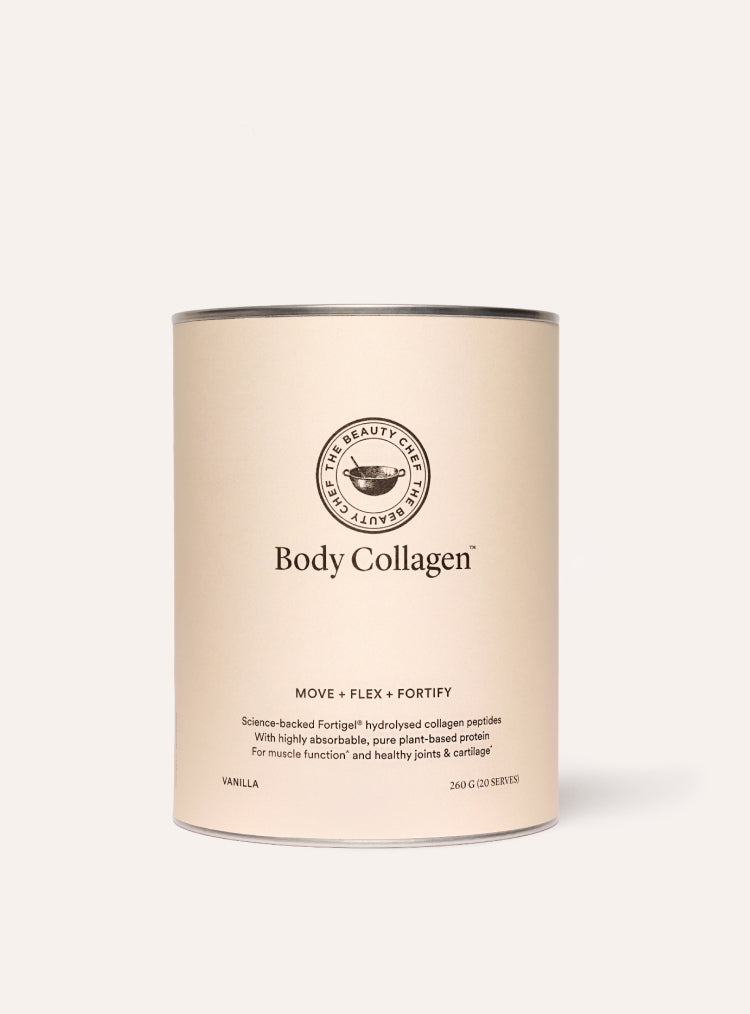
Daily movement is important, there's no doubt about it. The proven benefits of regular physical activity include reduced risk of cardiovascular disease, type 2 diabetes, obesity and other chronic diseases, as well as increased metabolic rate, more energy, deeper sleep, better moods and reduced stress—just to name a few.
But is it possible to exercise too much?
Turns out, yes. Too much strenuous exercise (such as endurance training) can elevate levels of the stress hormone cortisol and generate oxidative free radicals which some studies suggest accelerates the rate at which our cells—and our skin—age.
However, the fact remains that most of us could do with more exercise not less. According to the latest figures by the Australian Bureau of Statistics, 77% of us aren't meeting the recommended physical activity guidelines of 150–300 minutes (2.5 to 5 hours) per week of moderate physical activity.
And to make matters worse, the average Australian adult spends more than four hours doing sedentary leisure activity (like watching TV) each day. If your job does require you to be seated for prolonged periods, try to break up your sitting seasons as often as possible.
Highly active? You can have too much of a good thing
- If you are continually doing High Intensity Heart Rate Interval Training (HIIT), the likelihood of overtraining is high.
- Generally speaking, 18-30 year olds can benefit from 3-4 HIIT sessions (averaging 45 minutes) a week. While 30-40 year olds are likely to find a sweet spot at 3 sessions and over 40s are recommended 2-3 sessions a week.
Remember, you must rest
- If you’re constantly feeling tired and lethargic, have ongoing muscle fatigue or joint soreness, or just generally lacking the bounce that exercise should deliver, then you may be training too hard.
- Regular rest is imperative to allow your muscles to repair, recover and grow.
- Listen to your body and if you’re feeling lethargic, sore or feeling depleted, swap HIIT sessions for gentle walks, Pilates, dance or yoga.
And if you need to start exercising...
- Start slowly.
- Tune into your intuition while you train because your body knows best.
- Make sure you're nourishing your body with the nutrients it needs to fuel and support movement (eg. protein, type II collagen, magnesium and vitamin D) and allow yourself time to rest in between.
Finally, don't forget to stretch
- Stretching is an important part of the rest and recovery stage that should be built into your weekly training schedule.
- As you get older, you need to stretch more.
- Make sure to warm up and cool down after each session to help prevent soreness.
Publisher: Hardie Grant







